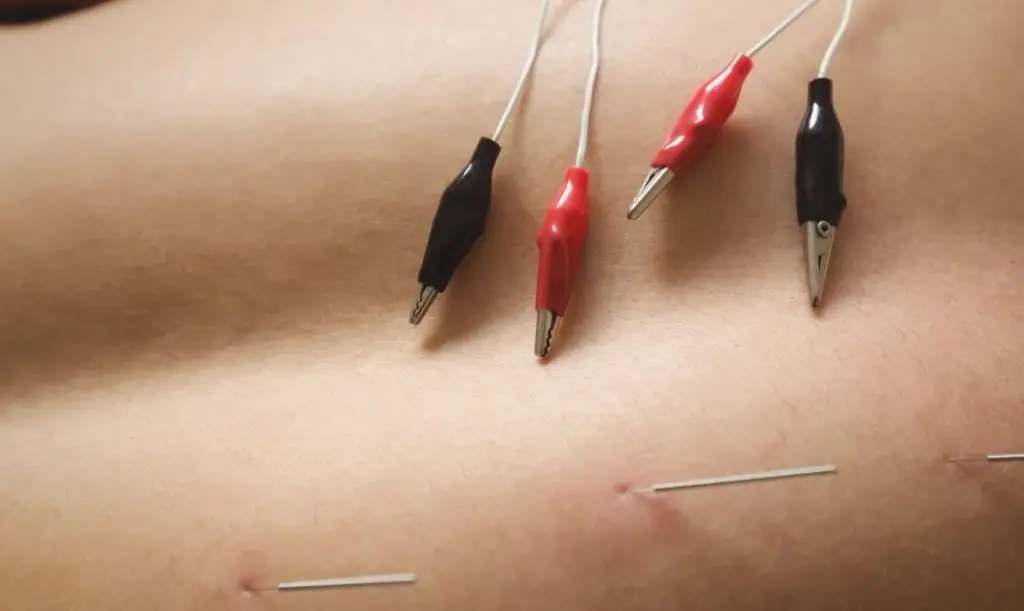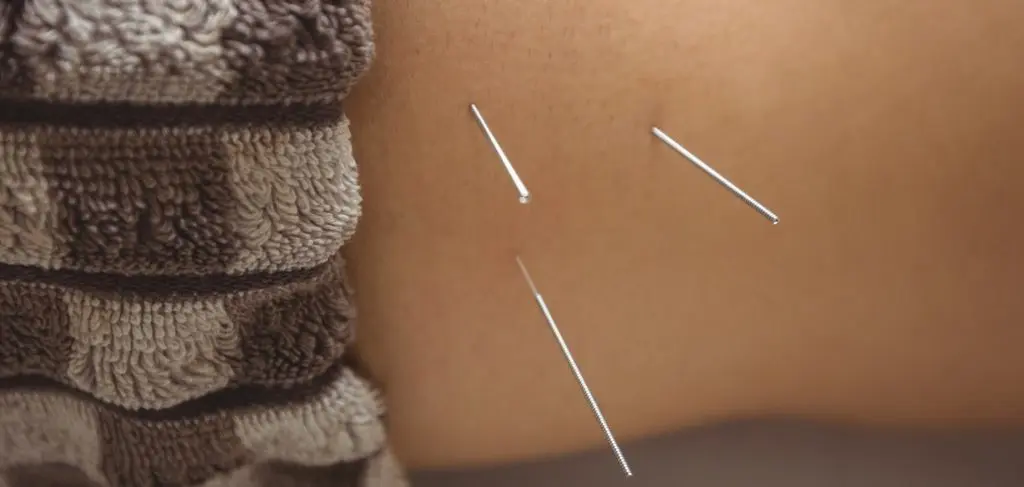
Over the past few years, dry-needling physical therapy has exploded onto the therapy scene. Physical therapists, chiropractors, and sports medicine physicians alike have all been gravitating to this new(-ish) type of treatment for a plethora of conditions ranging from strains and sprains to TMJ dysfunction to migraines. So, what’s all the hype about? What does it do? How does it work? Isn’t it just acupuncture? Read on to get the point… (cue Matt smugly chuckling to himself) of this awesome therapy.
The birth of Dry needling isn’t that much different from that of sticky notes or other products that turned out to be incidental findings while testing other products. It started from trials with trigger point injections. Studies were testing the efficacy of injecting analgesic, typically in the form of a lidocaine solution, into very tense, sore, knotted musculature known as trigger points to relieve pain that they were causing. However, they found that when injecting the solution directly into the area in question, especially if it was in the muscle belly, there wasn’t much appreciable difference between the analgesic and the control substance, a saline solution. This led the researchers to determine that maybe it was less of the substance going into the area and more of the mechanical action of the needle going into the trigger point that was creating the therapeutic effect.

This turned out to be a very important finding indeed. Studies then proceeded to branch from substance injection and focused more on the types of needles to be used and the locations in the tissue where they were placed. They found that when inserted into specifically hyperactive and irritated fibers even something as thin as an acupuncture needle would suffice for decreasing the overall tone and inflammation of the area.
I feel like this is a good time to pull out the technical definition of dry needling therapy. Per Jan Dommerholt in “Trigger Point Dry Needling”, dry Needling is a therapeutic procedure that involves the insertion of a disposable sterile, solid, filiform needle (a needle similar to an Acupuncture needle) to a specifically selected point on the body based on criteria determined by modern, contemporary anatomical and physiological considerations with the intention of achieving a desired neurological or myofascial response.

This is a bit vague, so the analogy that I like to use is that of a circuit panel or circuit breaker box in a home. When a region of the body is injured, the activity of the musculature in the surrounding area becomes very guarded and hyperactive. You can liken this to running a lot of appliances at once that are pulling high currents simultaneously. The idea of dry needling treatment is to provide a stimulus to the system that is sufficient to trip the breaker and cause a full reset to the tissue in the area. To the individual having the treatment performed it may not feel like that big of a stimulus but to the actual tissue being treated, that otherwise would never be physically touched by anything (because it’s inside your body), being touched, and indeed penetrated, by an object is a HUGE input. It would be like running a vacuum, a hairdryer, and a blender off of the same outlet simultaneously, and then plugging a table saw into the same one. That baby is going on a trip.

The dry needling procedure differs from acupuncture in the application as the tools being utilized are very similar if not identical. The difference is in its placement, depth, and intent. Generally, acupuncture is used in Eastern medicine to manage the circulation and balance of energy within the body. Various meridians or channels are stimulated with needles that correspond to various tissues and organs of the body. Comparatively speaking, dry needling practitioners address specifically the neuromusculoskeletal system and the main goal is to make changes to the individual tissue being needled.
The name “dry needling” comes from the fact that there is no substance that is being injected with the insertion of the needle. Frankly, I think that it could use a better PR manager as the title itself sounds more along the lines of something that would be used to extract information from an enemy spy, but despite this, it really isn’t very painful at all.

The needle is inserted into a trigger point, or very spastic, hypertonic tissue. This may pinch slightly going in, but much of the time you hardly feel it. Once it is in, you will feel a residual pressure in the area as the needle, though small, occupies space in the muscle. Various schools of thought determine what happens next. Sometimes the needle is partially pulled out and re-inserted specifically into the muscle being treated multiple times until a twitch response is felt. Sometimes the needle is left in for a few minutes and electrodes are attached to the needle to cause it to very lightly. Both techniques can be very effective. It is common to have some residual soreness in the area for about 24 hours following treatment.
At this point, I must of course preface this with the super annoying and vague statement that all therapists make: Everyone is different and everyone will respond differently to a treatment. An ace-in-the-hole for one person may not be for another. However, there are certain conditions and tissue physiology that we look for when trying to determine if dry-needling physical therapy will have a positive outcome. I personally have had a lot of success with a plethora of general tendinopathies, such as Achilles tendonitis, peroneal tendonitis, golfers, and tennis elbow. Also, many conditions pertaining to the musculature of the hip and leg such as IT band syndrome, jumper’s knee, chronic hamstring or quad strains, piriformis syndrome, etc. are prime candidates for dry needling therapy.

It is, of course, imperative to figure out the underlying reasons as to why the tissue is the way that it is first. This can only come from a thorough evaluation and functional assessment of the individual. Where and what to be dry needled, if anywhere, can only be determined after this has been performed.
All in all, dry needling has been a phenomenally exciting resource to have in the treatment of a plethora of conditions especially those that are typically found in the athletic community. As far as where to go to have this treatment done, all of our providers, both in chiropractic as well as PT, are certified in Dry needling but many other clinics in the Knoxville area also offer this. Most will list it as a therapy that they provide on their website but if it is really something that you want to pursue, be sure to ask upon calling to set up your appointment.
If you have any other questions feel free to reach out in any way that you see fit. See you at the next race.
Happy Trails,
Matt Campbell, DC, ART, cert. DN

430 Montbrook Lane Suite 203
Knoxville, TN
37919
Phone: 865-337-5574
Monday
7am-12pm & 1pm-6pm
Tuesday
7am-12pm & 1pm-4pm
Wednesday
7am-1pm
Thursday
7am-12pm & 1pm-6pm
Friday
7am-12pm & 1pm-4pm
Saturday & Sunday
Closed